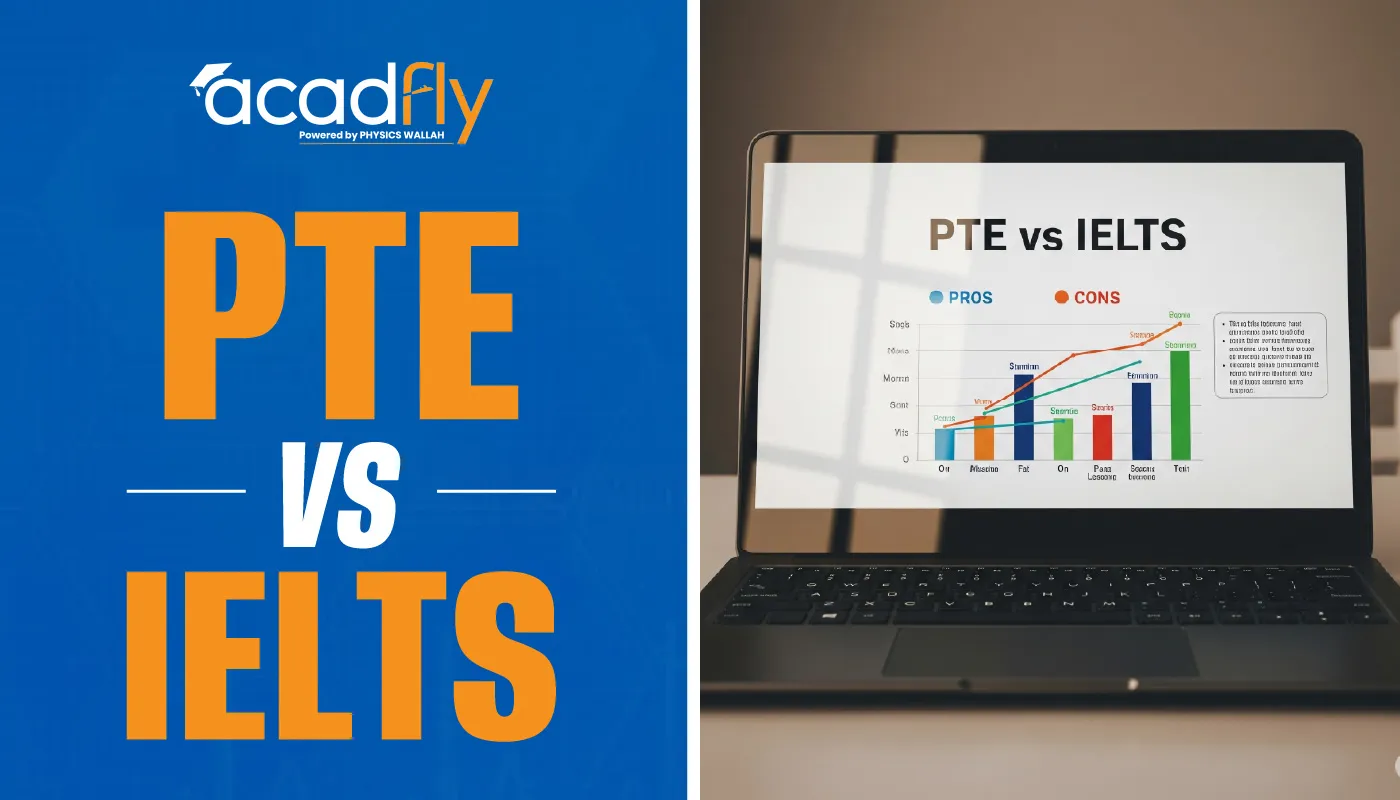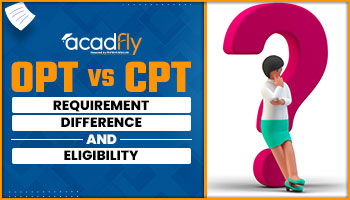


PTE vs. IELTS: When planning to study abroad, choosing the right English proficiency test is crucial. The Pearson Test of English (PTE) and the International English Language Testing System (IELTS) are two of the most popular tests for non-native English speakers.
This article provides a comprehensive comparison of PTE vs. IELTS: Which One is Right for You, helping you make an informed decision.
Overview of PTE and IELTS
PTE (Pearson Test of English)
PTE is a computer-based test that assesses English language proficiency across four sections: Speaking, Writing, Reading, and Listening. It is known for its quick results and unbiased scoring system.
IELTS (International English Language Testing System)
IELTS offers two versions: Academic and General Training. It assesses English proficiency through four sections: Listening, Reading, Writing, and Speaking. The test is available in both paper-based and computer-based formats.
Differences in Test Structure
PTE Structure
-
Speaking and Writing: Combined section, includes tasks like reading aloud, essay writing, and describing images.
-
Reading: Multiple-choice questions, re-order paragraphs, and fill-in-the-blanks.
-
Listening: Summarize spoken text, multiple-choice questions, and fill-in-the-blanks.
IELTS Structure
-
Listening: Four sections with 40 questions, includes multiple-choice, matching, and note completion.
-
Reading: Three sections with 40 questions, including multiple-choice, matching, and short-answer questions.
-
Writing: Two tasks – Task 1 (describe a graph, table, or diagram) and Task 2 (essay writing).
-
Speaking: Face-to-face interview with an examiner, includes an introduction, long turn, and discussion.
Comparing PTE and IELTS Test Structures
PTE is entirely computer-based, integrating Speaking and Writing, while IELTS offers both paper-based and computer-based formats, with separate sections for Listening, Reading, Writing, and a face-to-face Speaking interview.
|
Comparing PTE and IELTS Test Structures |
||
|
Aspect |
PTE |
IELTS |
|
Format |
Computer-based |
Paper-based and computer-based |
|
Sections |
Speaking & Writing, Reading, Listening |
Listening, Reading, Writing, Speaking |
|
Speaking |
Computer-based tasks |
Face-to-face interview |
|
Writing |
Integrated with Speaking |
Separate tasks for describing visuals and essay writing |
|
Results |
Quick (typically within 48 hours) |
13 days for paper-based, 3-5 days for computer-based |
Scoring Systems
PTE Scoring
PTE scores range from 10 to 90 for each skill area and overall. The scoring is automated and considered unbiased due to its use of artificial intelligence.
IELTS Scoring
IELTS scores range from 0 to 9 for each section and overall. Scores are reported in whole and half bands. The Speaking and Writing sections are assessed by trained examiners, introducing a subjective element.
Comparing PTE and IELTS Scoring
PTE uses an automated, AI-based scoring system ranging from 10-90, providing quick results. IELTS scores range from 0-9, assessed by trained examiners, with results available in 13 days or sooner.
|
Comparing PTE and IELTS Scoring |
||
|
Aspect |
PTE |
IELTS |
|
Score Range |
10-90 |
0-9 |
|
Scoring Method |
Automated, AI-based |
Examiner-assessed |
|
Results |
Quick, within 48 hours |
13 days (paper), 3-5 days (computer) |
Test Availability and Acceptance
Test Availability
Both PTE and IELTS are widely available worldwide, with numerous test centers in major cities. PTE is entirely computer-based, while IELTS offers both paper-based and computer-based options.
Acceptance
Both tests are accepted by thousands of universities, colleges, and governments globally. However, some institutions may prefer one test over the other, so it's important to check specific requirements.
|
Comparing Test Availability and Acceptance |
||
|
Aspect |
PTE |
IELTS |
|
Test Centers |
Widely available, computer-based only |
Widely available, paper and computer-based |
|
Acceptance |
Accepted by many institutions globally |
Accepted by many institutions globally |
Which Test is Easier?
PTE Advantages
-
Quick Results: PTE provides results typically within 48 hours, which is beneficial for tight application deadlines.
-
Unbiased Scoring: The automated scoring system reduces the chances of bias, providing a fair assessment.
IELTS Advantages
-
Face-to-Face Speaking: Some test-takers prefer the face-to-face speaking interview as it feels more personal.
-
Wider Format Options: IELTS offers both paper-based and computer-based tests, giving test-takers more flexibility.
Tips for Choosing the Right Test
Consider Your Strengths
Evaluate your strengths and preferences. If you are comfortable with computer-based tasks and quick results, PTE might be the right choice. If you prefer face-to-face interaction and flexible test formats, consider IELTS.
Check Institutional Requirements
Research the specific requirements of the universities or colleges you are applying to. Some institutions may prefer one test over the other.
Practice with Sample Tests
Take sample tests for both PTE and IELTS to gauge which format suits you better. This can help you make an informed decision.
Conclusion
Choosing between PTE and IELTS depends on your individual preferences, strengths, and the specific requirements of the institutions you are applying to. Both tests have their unique advantages and are widely accepted by universities and colleges globally. For personalized guidance and comprehensive support in your journey to study abroad, AcadFly offers expert assistance to help you navigate the preparation process and achieve your academic goals.
Frequently Asked Questions
1. What are the main differences between PTE and IELTS?
2. Which test provides quicker results, PTE or IELTS?
3. How do I decide whether to take PTE or IELTS?
4. How can AcadFly assist in preparing for PTE or IELTS?










